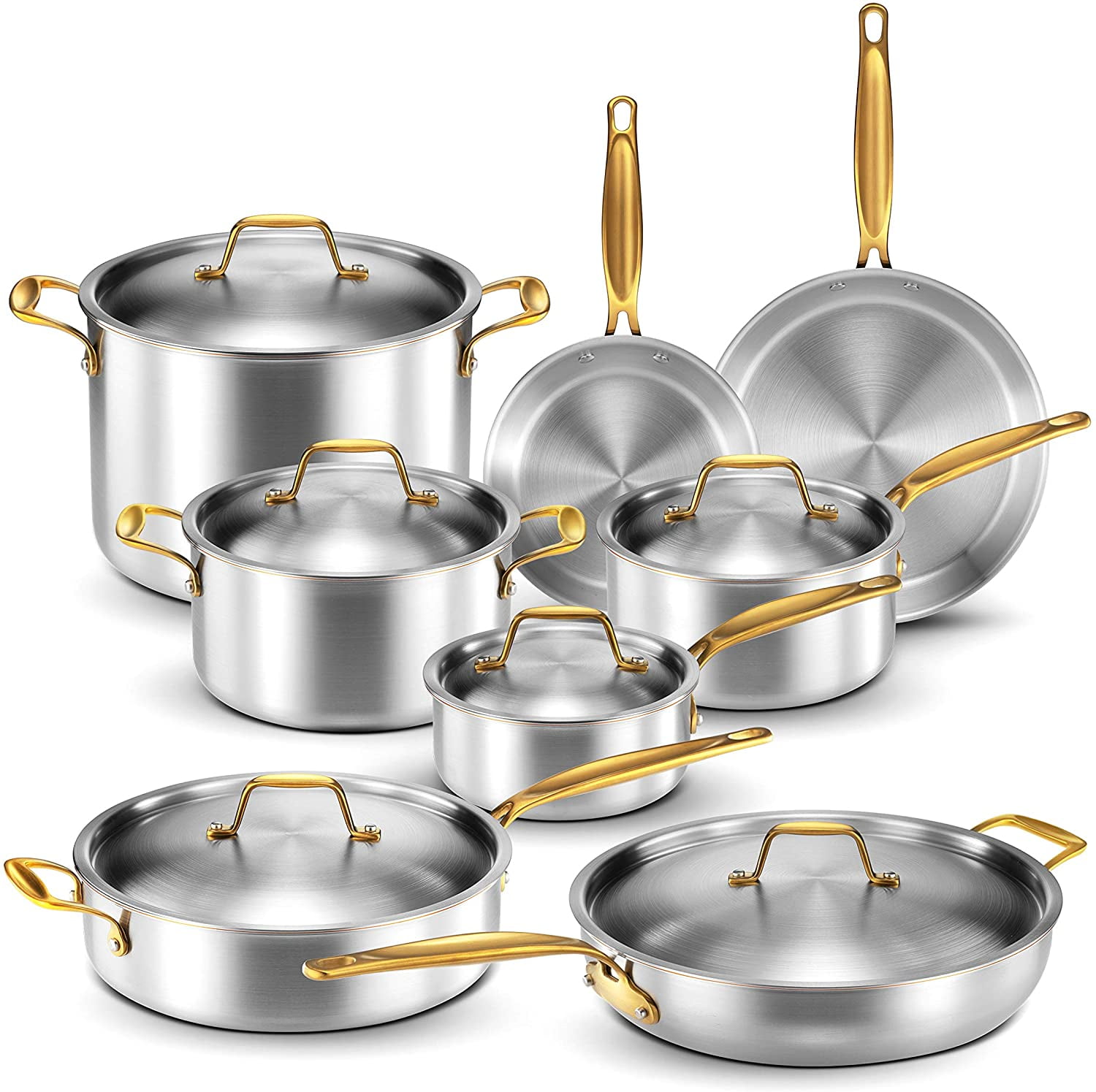

Other than in many other cultures, Native Americans used and still use the heat source inside the cookware. This indicates a steady progression from use of woven gourd casings to waterproof cooking baskets to pottery. When the thus-fired clay separated from the basket, it would become a usable clay roasting pan in itself. Roasting baskets covered with clay would be filled with wood coals and the product to be roasted.

He reported witnessing cooking basket use by Havasupai in 1881. Bamboo tubes sealed at the end with clay provided a usable container in Asia, while the inhabitants of the Tehuacan Valley began carving large stone bowls that were permanently set into a hearth as early as 7,000 BC.Īccording to Frank Hamilton Cushing, Native American cooking baskets used by the Zuni (Zuñi) developed from mesh casings woven to stabilize gourd water vessels. In many locations the shells of turtles or large mollusks provided a source for waterproof cooking vessels.

For people without access to natural heated water sources, such as hot springs, heated stones (" pot boilers") could be placed in a water-filled vessel to raise its temperature (for example, a leaf-lined pit or the stomach from animals killed by hunters).

Of greater difficulty was finding a method to boil water. Examples of similar techniques are still in use in many modern cuisines. In addition to exposing food to direct heat from either an open fire or hot embers, it is possible to cover the food with clay or large leaves before roasting to preserve moisture in the cooked result. Among the first of the techniques believed to be used by Stone Age civilizations were improvements to basic roasting. Harvard University archaeologist Ofer Bar-Yosef reported that "When you look at the pots, you can see that they were in a fire." It is also possible to extrapolate likely developments based on methods used by latter peoples. The pottery may have been used as cookware, manufactured by hunter-gatherers. The earliest pottery vessels, dating from 19,600 ±400 BP, were discovered in Xianrendong Cave, Jiangxi, China. The history of cooking vessels before the development of pottery is minimal due to the limited archaeological evidence. Two cooking pots (Grapen) from medieval Hamburg circa 1200-1400 AD Replica of a Viking cooking-pot hanging over a fire Kitchen in the Uphagen's House in Long Market, Gdańsk, Poland History Ancient Greek casserole and brazier, 6th/4th century BC, exhibited in the Ancient Agora Museum in Athens, housed in the Stoa of Attalus. The lid has a dripping edge that prevents condensation fluid from dripping off when handling the lid (taking it off and holding it 45°) or putting it down. Some pots and their lids have handles or knobs made of low thermal conductance materials such as bakelite, plastic or wood, which make them easy to pick up without oven gloves.Ī good cooking pot design has an "overcook edge" which is what the lid lies on. Some surfaces are non-stick some require seasoning. Some materials conduct heat well some retain heat well. There is a great variety of cookware and bakeware in shape, material, and inside surface. Some utensils are considered both cookware and bakeware. Cookware is used on a stove or range cooktop, while bakeware is used in an oven. ( Learn how and when to remove this template message)Ĭookware and bakeware is food preparation equipment, such as cooking pots, pans, baking sheets etc. ( October 2021) ( Learn how and when to remove this template message) Please help improve it by removing references to unreliable sources where they are used inappropriately. This article may contain excessive or inappropriate references to self-published sources.


 0 kommentar(er)
0 kommentar(er)
